Just a few years ago, few people had ever seen wildfire kill a giant sequoia. Now things are different.
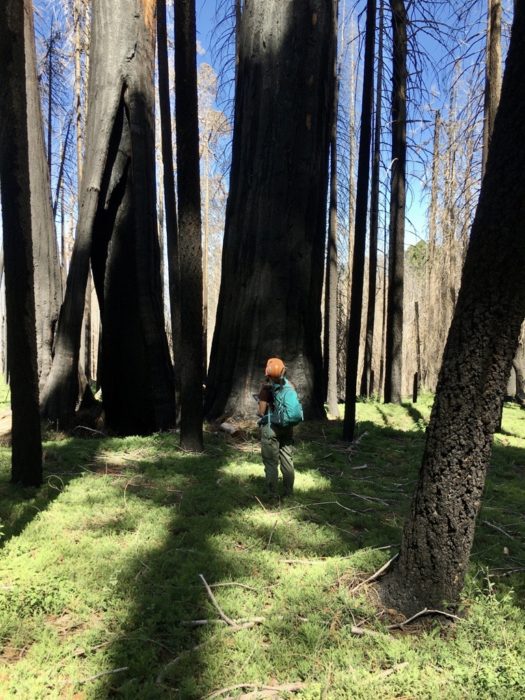
I’m early in my career with giant sequoia, and whether I like it or not, I have started to become the field expert on fire mortality of giant sequoia. My job is to study the health of giant sequoia and devise strategies for their conservation, and in recent months my focus has increasingly been to assess the impacts of wildfire.
One colleague calls me the “queen of torched monarchs” because until field crews went out this year to collect data on a broader post-fire mortality project, it is likely that I had seen more torched monarchs than anyone else in the world. And that’s because this is totally unprecedented—older, more experienced experts in this field have never seen this before. No one had even seen a fully torched monarch until 2015. Now with the news of as many as 10,000 monarch giant sequoia killed by last year’s fires, we are facing a different reality.
People who have been working in this field for thirty years tell me they’ve never seen anything like this.
I am facing complex questions that managers and experts have not had to deal with previously. And I wonder what these forests will be like when I’m thirty years in. If this is the condition of the giant sequoia now, what will it be twenty, thirty years from now?
Now I start to wonder each year how many groves will be left after this year’s wildfires? What complexities will I be dealing with when I am mid-career if right now, the most experienced managers and experts who are established in their careers are saying that these are the most complex questions they have faced in their careers?
I spend a lot of my days at the computer managing projects, which includes basic data management. I’ll be looking at data line by line and sometimes the data is cold, just numbers on a screen. But sometimes when I’m checking each line, it hits me, these aren’t just numbers, these numbers represent dead monarch giant sequoia. I keep pressing ‘enter,’ but each line still represents dead trees. A wave of grief washes over me, and sometimes I sit at my desk and cry. These are resilient trees, individuals that have lived for potentially thousands of years, and we can’t get them back. They’re just gone. One week they were alive, and the next, they were gone, forever. You don’t get that time back.
Then the worst questions dawn on me. Will there ever be monarch giant sequoia again in the future? Can the species reach old-growth stature in our current and future climate conditions?
Somedays the overwhelm is crippling, and I’ll sit at my desk alone and wonder if my career is sustainable, but I have to have hope for the species. I keep going because these are the most massive trees on Earth and arguably the most resilient. There are still hundreds of thousands of years of living time in these trees standing in groves that didn’t completely burn.


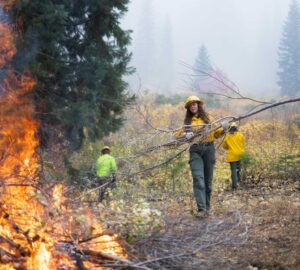
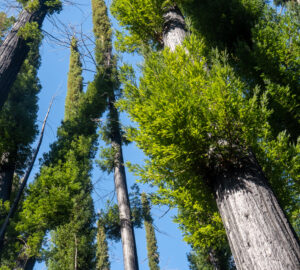
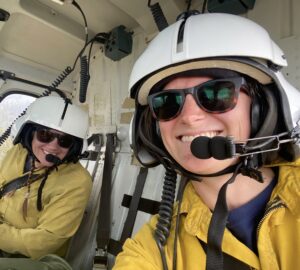
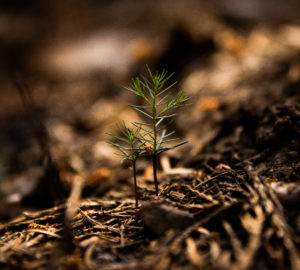
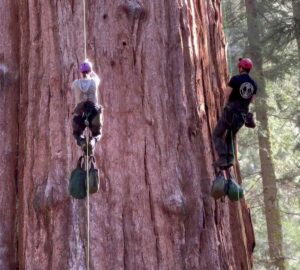

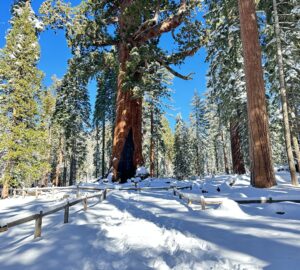
One Response to “Becoming a reluctant expert in the field of giant sequoia wildfire mortality”
Fred M. Cain
I would like to know how many (if any) of the torched monarchs later sprouted new leaves. I have seen Sequoia do this. Although it wasn’t after a fire but after extreme cold. All the needles looked just as brown as if they’d been burned.